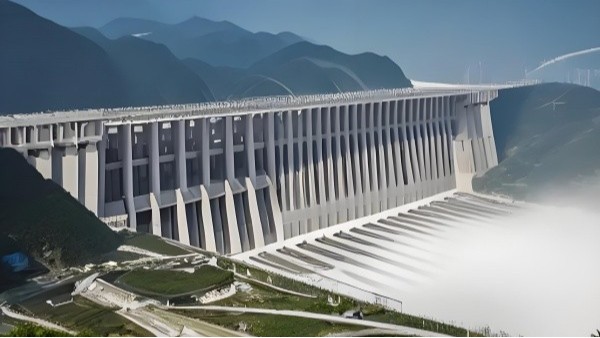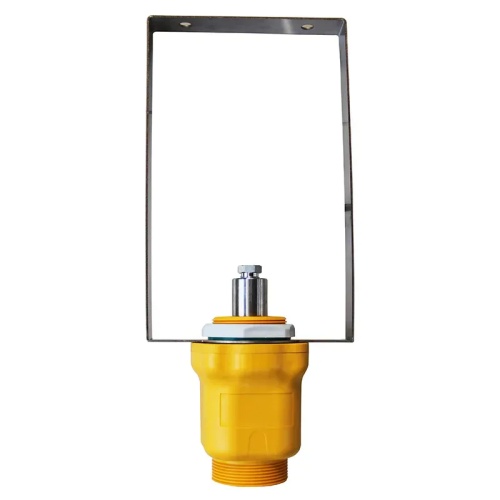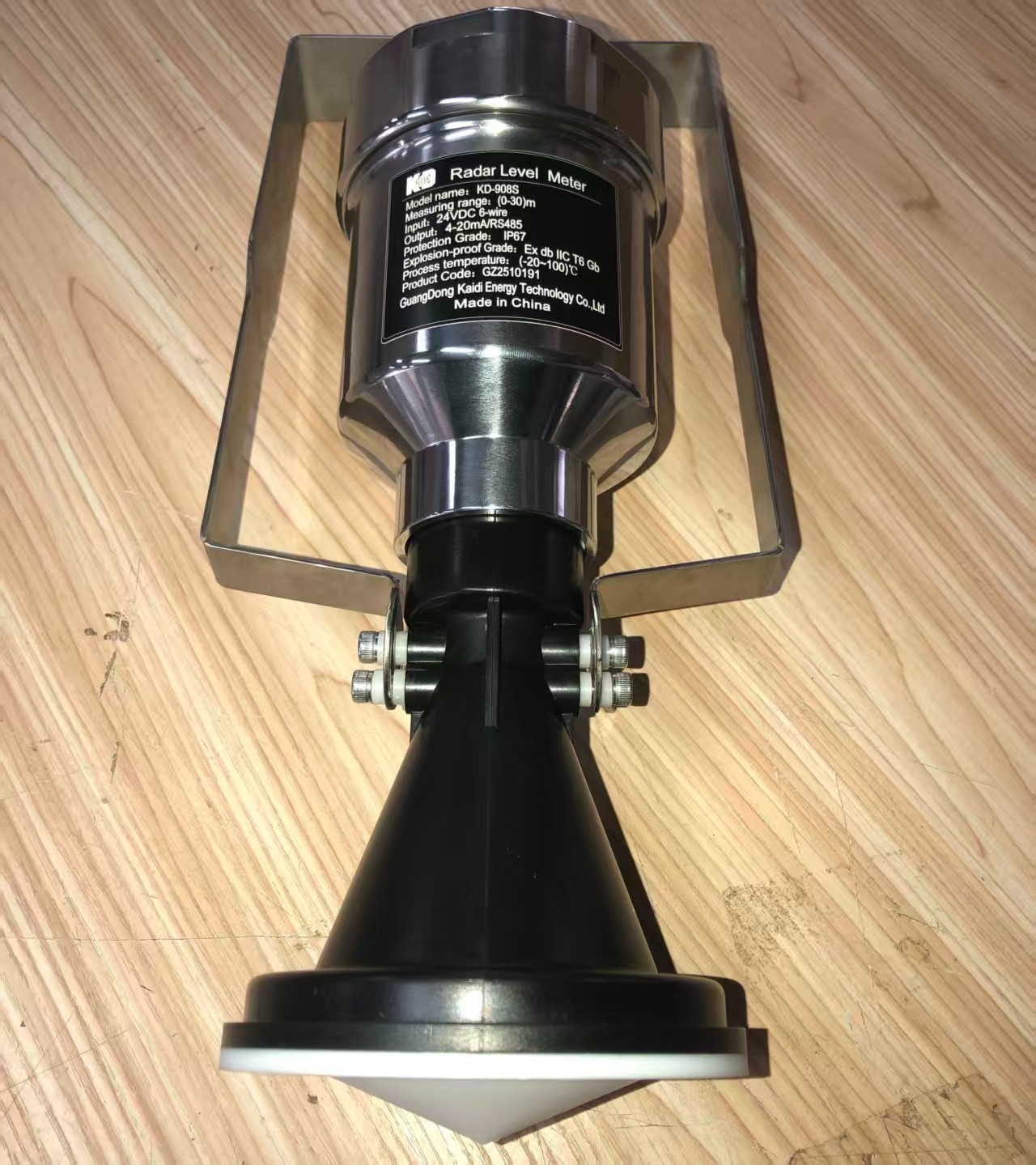BETTER TOUCH BETTER BUSINESS
Contact Sales at KAIDI.
In the field of dam safety monitoring, accurate measurement of seepage flow is crucial. It serves as a “barometer” for dam health, providing timely insights into potential operational risks. Radar water level gauges are playing an increasingly significant role in this critical monitoring process.
Radar level gauges operate based on the principle of electromagnetic wave reflection. They emit a high-frequency electromagnetic wave beam toward the liquid surface. When encountering the liquid surface, the electromagnetic wave is reflected back. By precisely measuring the time difference of the wave's round trip and combining it with the propagation speed of the electromagnetic wave, the distance between the liquid surface and the radar—that is, the liquid level height—can be accurately calculated. Compared to traditional water level measurement methods, such as manual observation of water gauges or float-type water level meters, radar water level gauges offer numerous distinct advantages.

Traditional measurement methods are susceptible to external environmental interference and have limited accuracy. Manual observation of water gauges relies on personnel taking regular readings, which is not only time-consuming and labor-intensive but may also result in inaccurate readings under adverse weather conditions. Float-type water level gauges are easily affected by floating debris, sediment accumulation, and water flow, leading to mechanical component wear and jamming, which in turn compromises measurement accuracy and stability. Radar water level gauges, however, effectively overcome these drawbacks through their non-contact measurement capability. Unaffected by surface debris, current velocity, or water turbidity, they operate continuously and reliably around the clock, providing a dependable solution for measuring dam seepage flow.

In dam seepage flow measurements, radar water level gauges are typically installed at critical locations such as seepage observation wells or drainage galleries. When seepage occurs in the dam, seepage water converges in these observation areas, where the radar gauges continuously monitor water level changes. By recording water level data at different time points and combining it with parameters like the cross-sectional area of the seepage zone, specialized hydraulic formulas can precisely calculate the seepage flow rate. This measurement method enables dynamic tracking of seepage flow, capturing even minute changes in flow rate promptly. It provides detailed and accurate data support for dam safety assessments. For dam safety management, the significance of radar water level gauges in measuring seepage flow is paramount. Continuous, precise seepage flow monitoring data helps engineers analyze trends and patterns in dam seepage. An abnormal increase in seepage flow may indicate potential hazards such as cracks or damage in the dam's impermeable structure. Prompt reinforcement or repair measures can then be taken to prevent further escalation of the situation.

At the same time, long-term seepage flow data accumulation provides scientific basis for optimizing dam design and formulating maintenance strategies, thereby enhancing overall dam safety and durability.
With continuous technological advancements, the performance of radar water level gauges continues to improve, expanding their application prospects in dam seepage flow measurement. In the future, deep integration with advanced technologies such as the Internet of Things (IoT) and big data is anticipated. This integration will enable functions like remote monitoring and intelligent early warning systems, making dam safety management more efficient and precise. It will establish a robust defense line for ensuring the stable operation of water conservancy projects and the rational utilization of water resources.
We are here to help you! If you close the chatbox, you will automatically receive a response from us via email. Please be sure to leave your contact details so that we can better assist